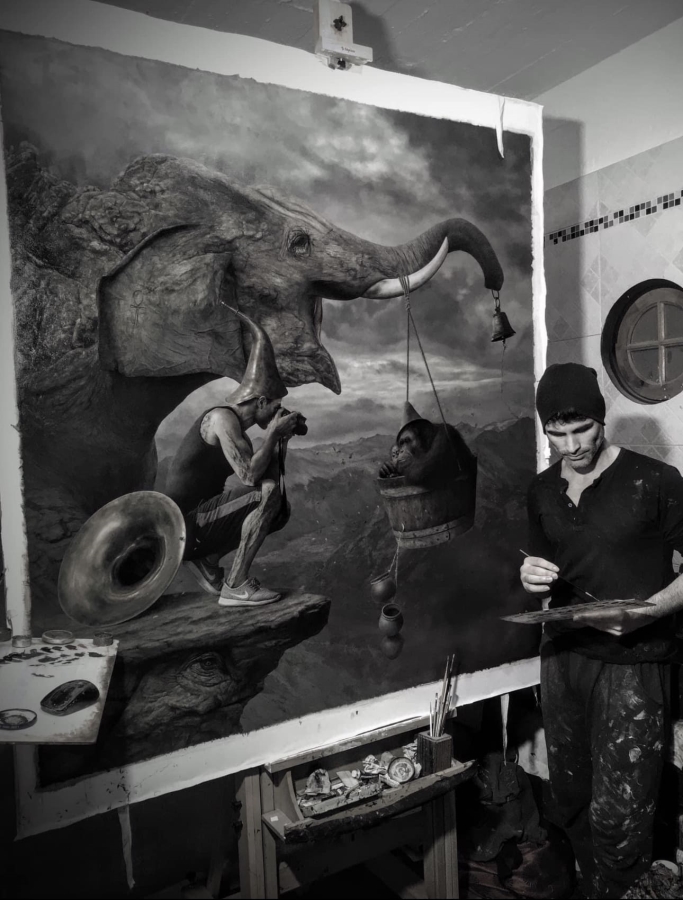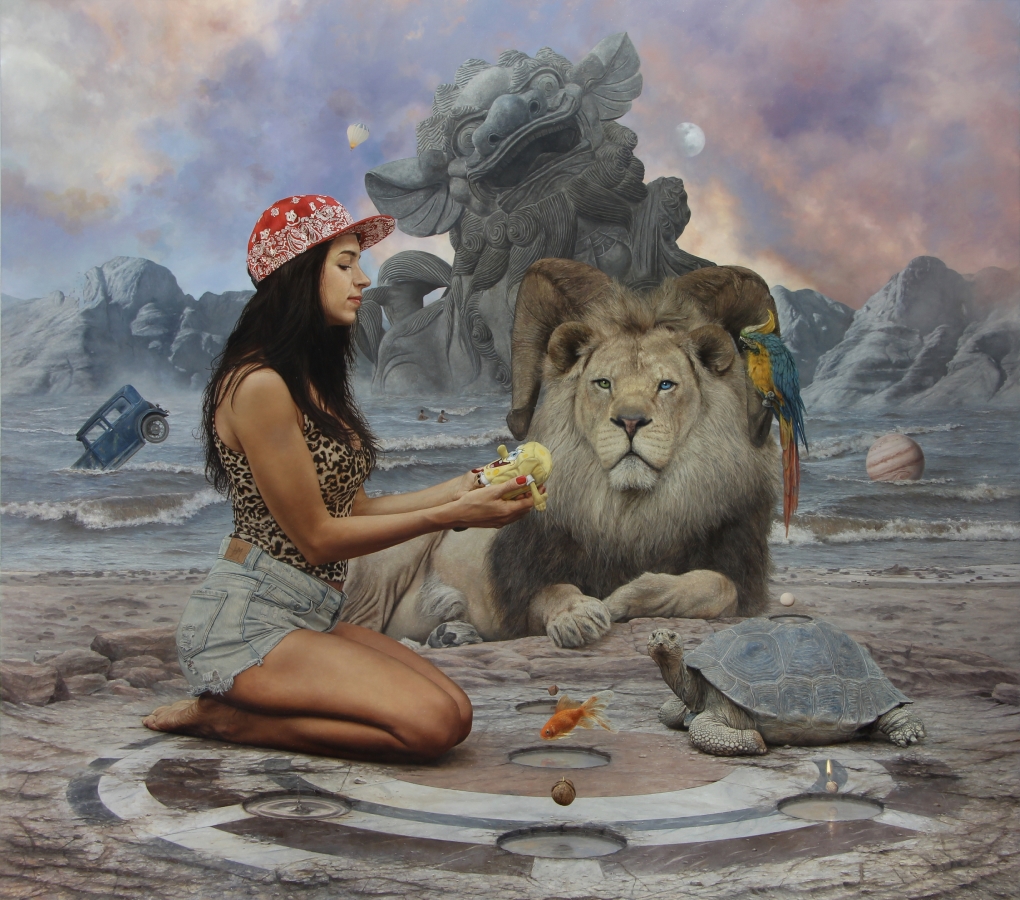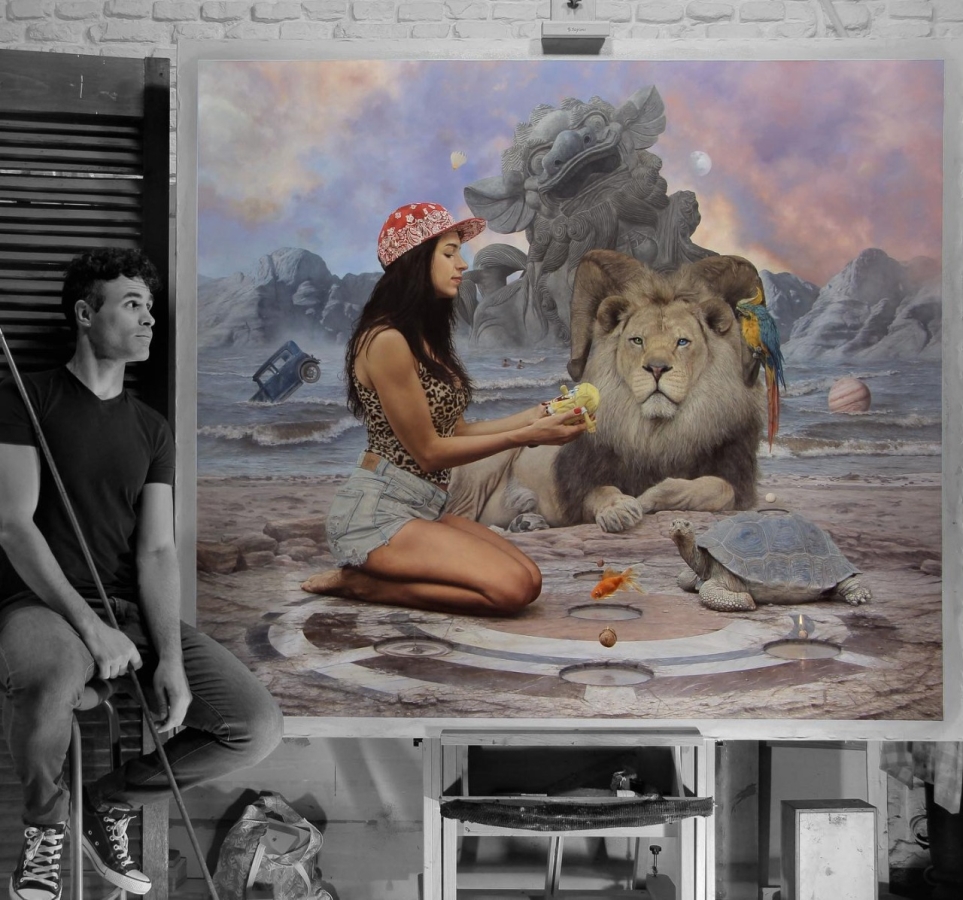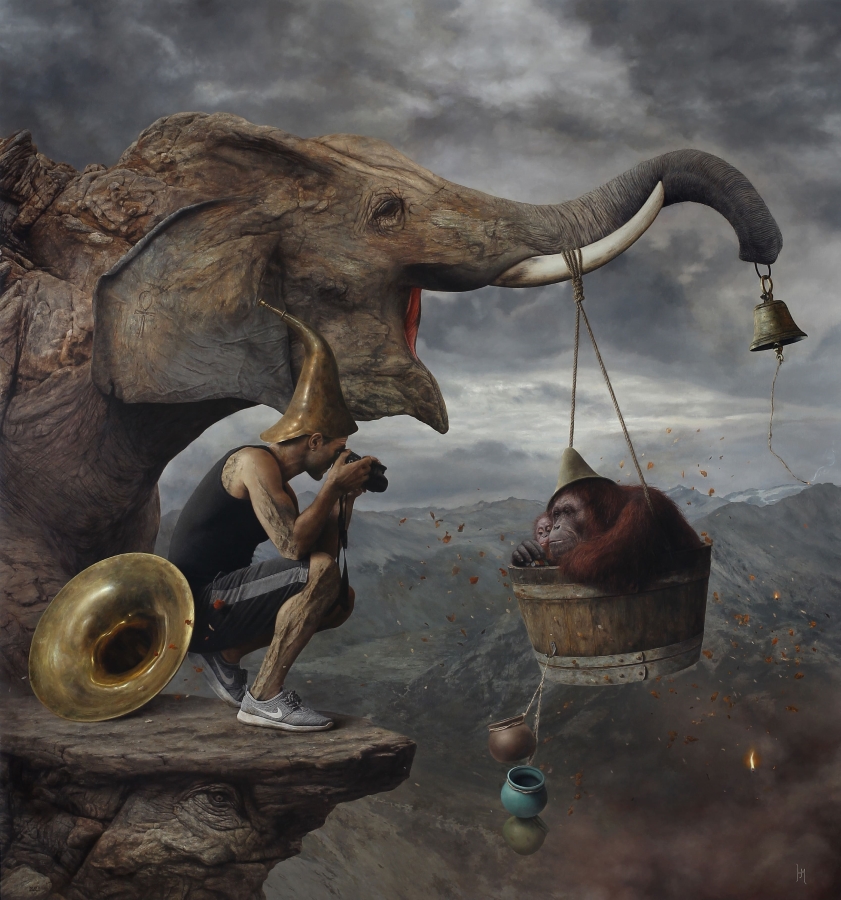
Artist’s Biography
Hernan Javier Muñoz–Havier, a self-taught artist and painter, was born in Buenos Aires, Argentina in 1983. His artistic journey began at a young age when he discovered his passion for art through comic strips. Inspired by the monochromatic comic strip “Mafalda,” created by Argentine cartoonist Joaquín Salvador Lavado Tejón (Quino), Hernan started by imitating and inventing his own characters. At the age of five and six, he explored his artistic abilities using watercolors on a lined notebook, painting all day long and unleashing his imagination.
After completing his education at the Rogelio Yrurtia School of Art in 2000, where he earned a degree in teacher education, Hernan embarked on a career in art restoration. In 2001, he joined the Monuments and Works of Art, a government agency within the Ministry of Environment and Public Space in Buenos Aires. There, he meticulously restored various works of art and monuments. Unfortunately, due to the temporary closure of the agency, Hernan was dismissed from his position.
Facing economic challenges, Hernan transitioned into the field of computers, where he worked for eight years. However, his passion for art persisted. At the age of 32, driven by a desire to pursue his artistic dreams, he made the bold decision to leave his job and fully dedicate himself to painting. Despite the delayed start, Hernan firmly believes that it is never too late to follow one’s heart and make the most of life, as he eloquently states, “death must find us making the most of life.”
Inspired by visits to the National Museum of Fine Arts since the age of 20, Hernan found inspiration in renowned artists such as Ernesto de la Cárcova, Edgar Degas, Ángel Della Valle, Giacomo Favretto, Reinaldo Giudici, and William-Adolphe Bouguereau. Drawing from their techniques and palettes, he developed his own style, fusing dreams and memories to create figurative paintings with a touch of surrealism. His compositions traverse the realms of realism and hyperrealism, delving into the depths of the soul, heart, and mind. Hernan aspires to awaken the limitless creativity reminiscent of a child’s imagination, earning his stylistic approach the name “magical realism” or strambotism.
Currently, Hernan Javier Muñoz–Havier spends his days devoted to creating new artworks. His ultimate vision is to exhibit his works in a manner that is accessible to everyone, regardless of their social class, nationality, sex, or religion. He believes that art has the power to change people, and by extension, perhaps even change the world. Guided by this profound belief, Hernan pours his passion and talent into his art, seeking to touch hearts and inspire minds with his creations.
In his spare time, Hernan follows a timed routine to tackle the intricacies of his complex works. Engaging with educational videos, audio books, biographies, and documentaries, he immerses himself in a wealth of knowledge and inspiration while painting. Hernan’s dedication to his craft has allowed him to achieve remarkable success in a relatively short span of eight years. Living off his art and finding fulfillment in each day, he considers himself successful, focusing on the joy and purpose that painting brings to his life.
With each artwork serving as a personal goal and challenge, Hernan Javier Muñoz–Havier aims to leave a lasting legacy. Although he cannot control the fate of his works, he hopes that some of them will transcend time, becoming an integral part of humanity’s visual culture, much like the renowned works of Salvador Dalí or Vermeer’s “The Girl with the Pearl Earring.” Through his art, Hernan strives to offer viewers a gateway to their inner child’s imagination, granting respite from the monotony of everyday life and inviting them to experience the beauty and emotions that make us truly alive.
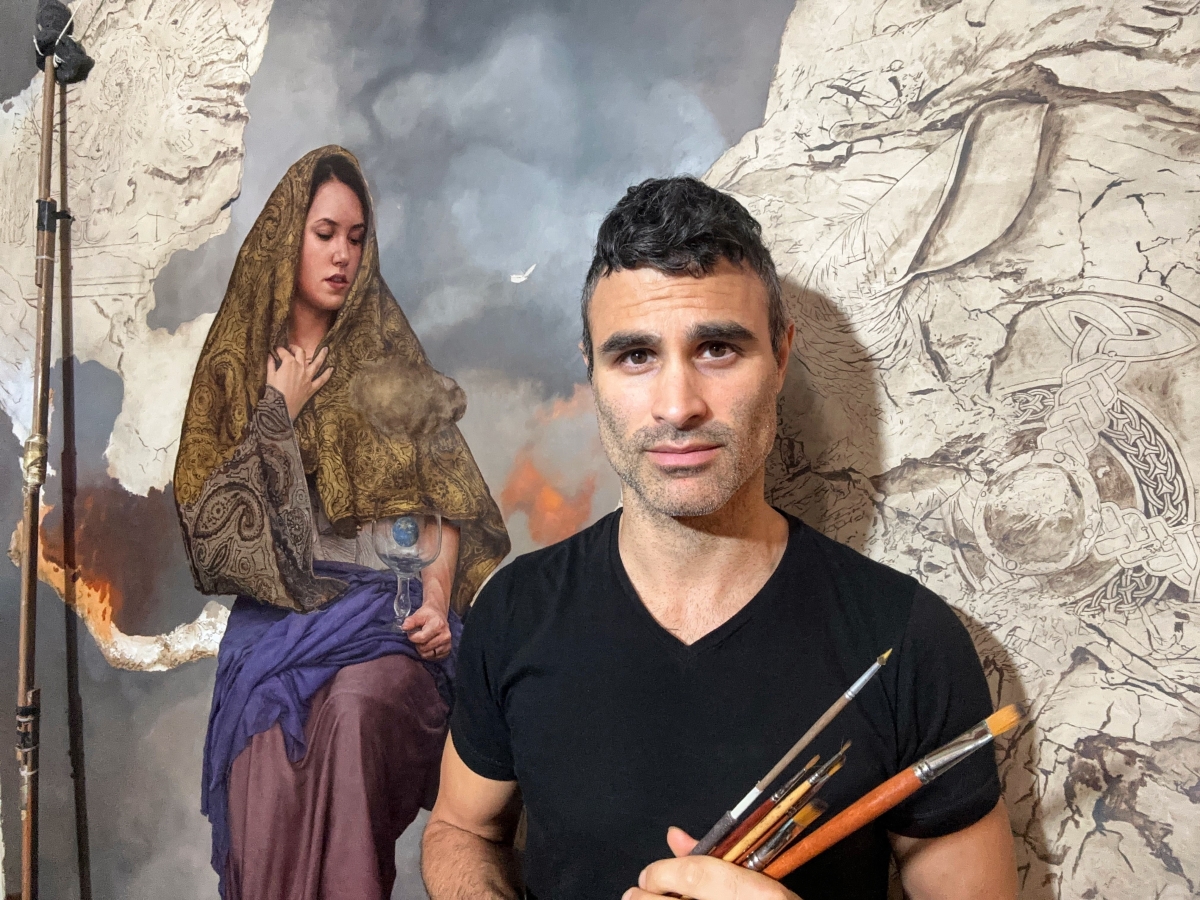
Interview
Artist: Hernan Javier Muñoz–Havier
By Carol Real
What memories do you have of your first art encounters?
My parents collected a little comic strip called “Mafalda”—they were monochromatic and created by an Argentine cartoonist named Joaquín Salvador Lavado Tejón (Quino). I remember trying to copy those characters and then starting to invent my own. Then, I received some watercolors, which I used on a lined notebook like those from school, but with a soft cover. I painted all day long, always inventing and using my imagination. So, my exploration of art began at the age of 5 and 6.
When did you decide to quit your job and dedicate yourself full time to painting?
Starting at the age of 30, I tried to pursue art and I succeeded at 32 years old, after an odyssey. I worked as a computer technician 6 days a week. On Sundays I painted for about 4 hours to be able to send a work to a gallery that was supposedly going to introduce me to the painting world. In those two years, the gallerist did not sell anything and excused himself by telling me that my work was “unsalable”. Then after I uploaded my works on social media, a person named Carlos Aragon bought one piece. After a long conversation he told me: “Hernan, if I bought some more works, would you leave your job to dedicate yourself full time to painting?” And here I am 8 years later, living off my work.

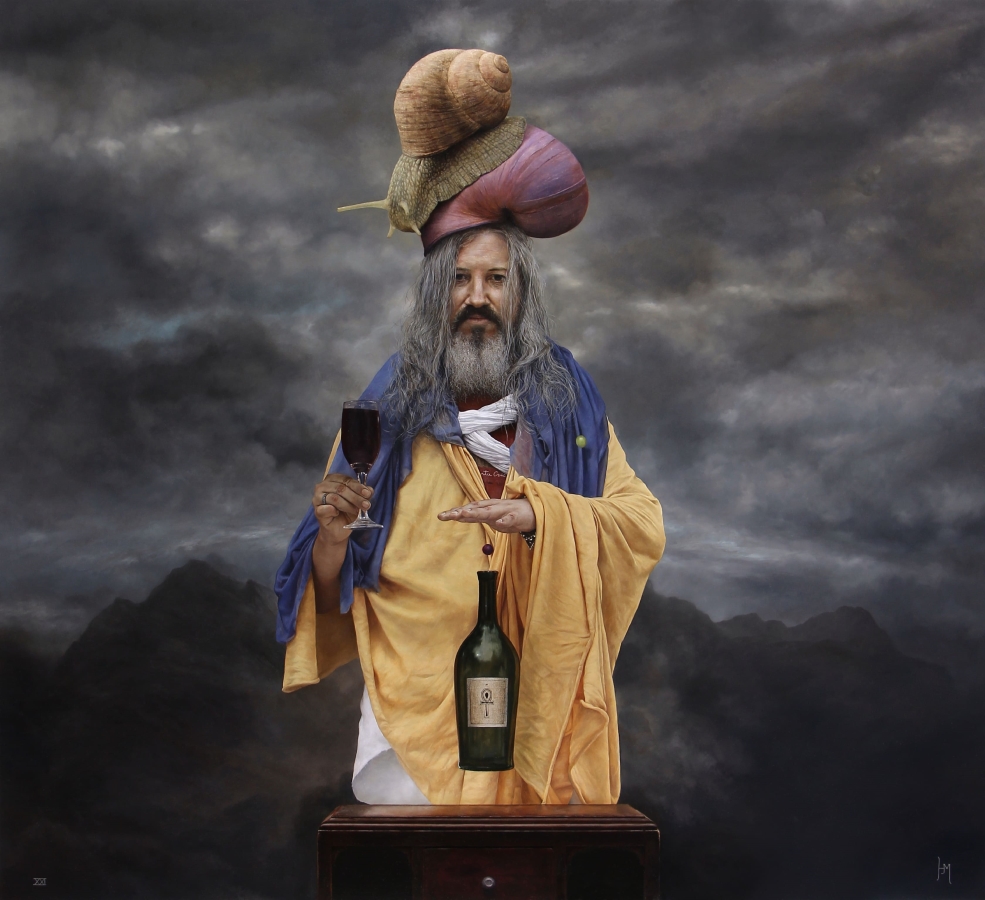
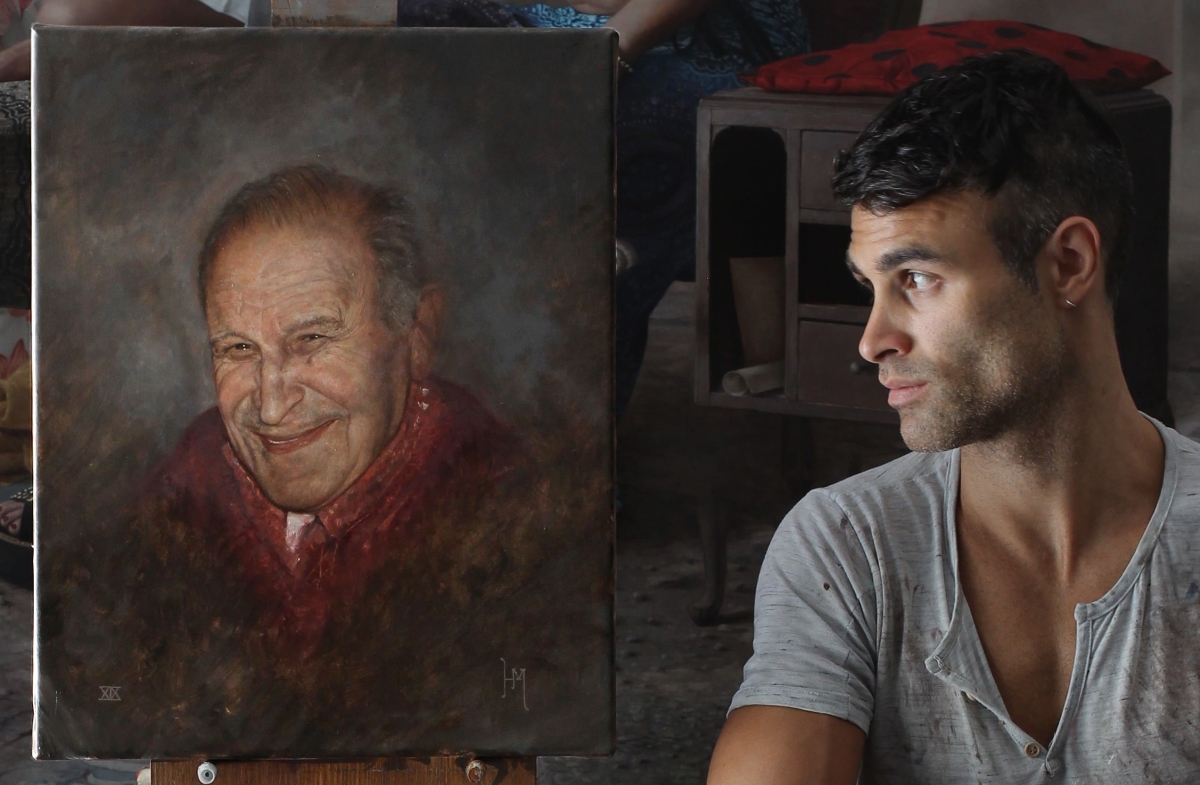
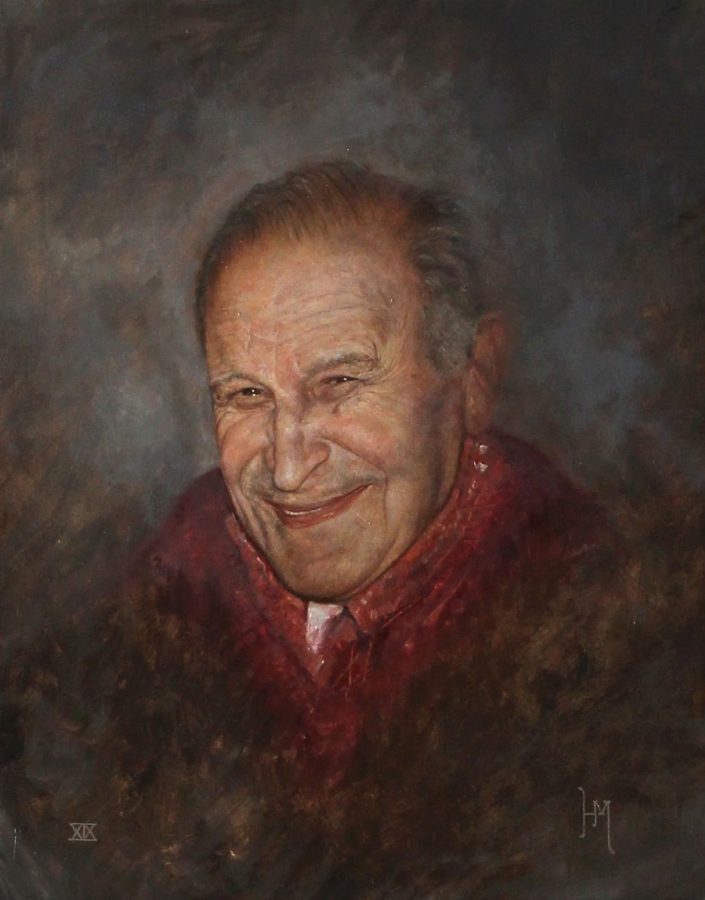
How would you describe the creative process that leads to successful artwork? Do you have a predetermined idea or does the work emerge as you create it?
I simply try to confront an idea using the creative capacity of a child and the surrealism of dreams. When I have the idea, I begin the composition in my mind, and try to solve it as if anything is possible, as if the imagination has no limits, but for that I must find my inner child.
How long does it take to create a work?
Between developing the composition and painting, an artwork of 6 x 6 feet takes 5 to 6 months, and for works larger than 7 feet, it takes 7 to 9 months.
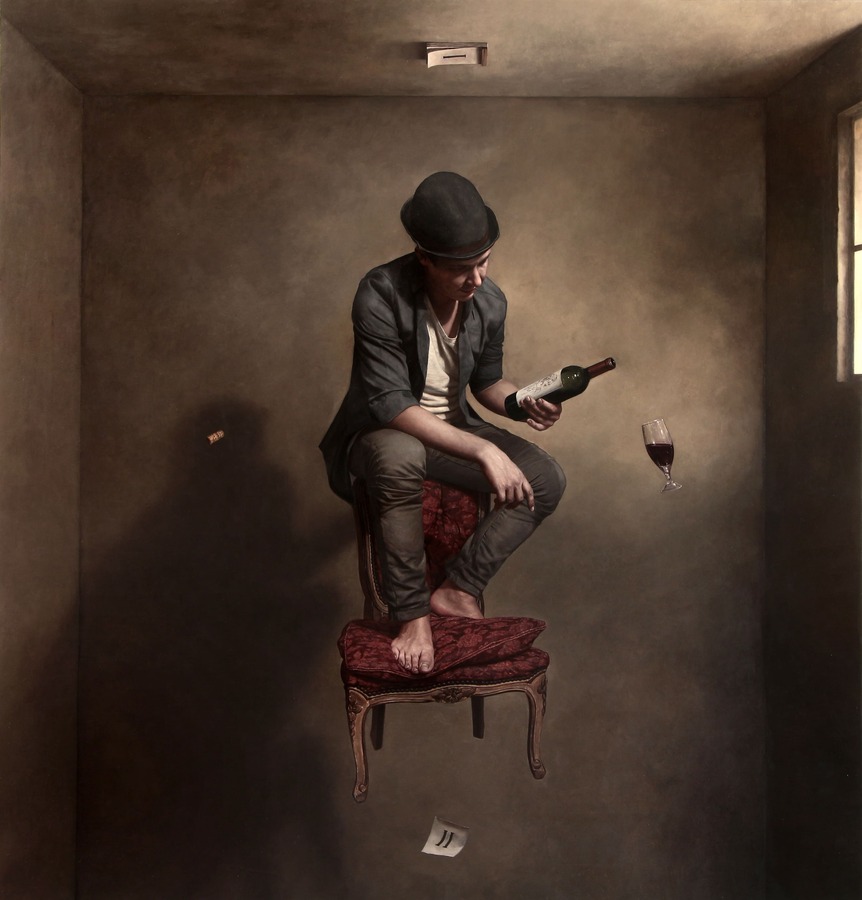
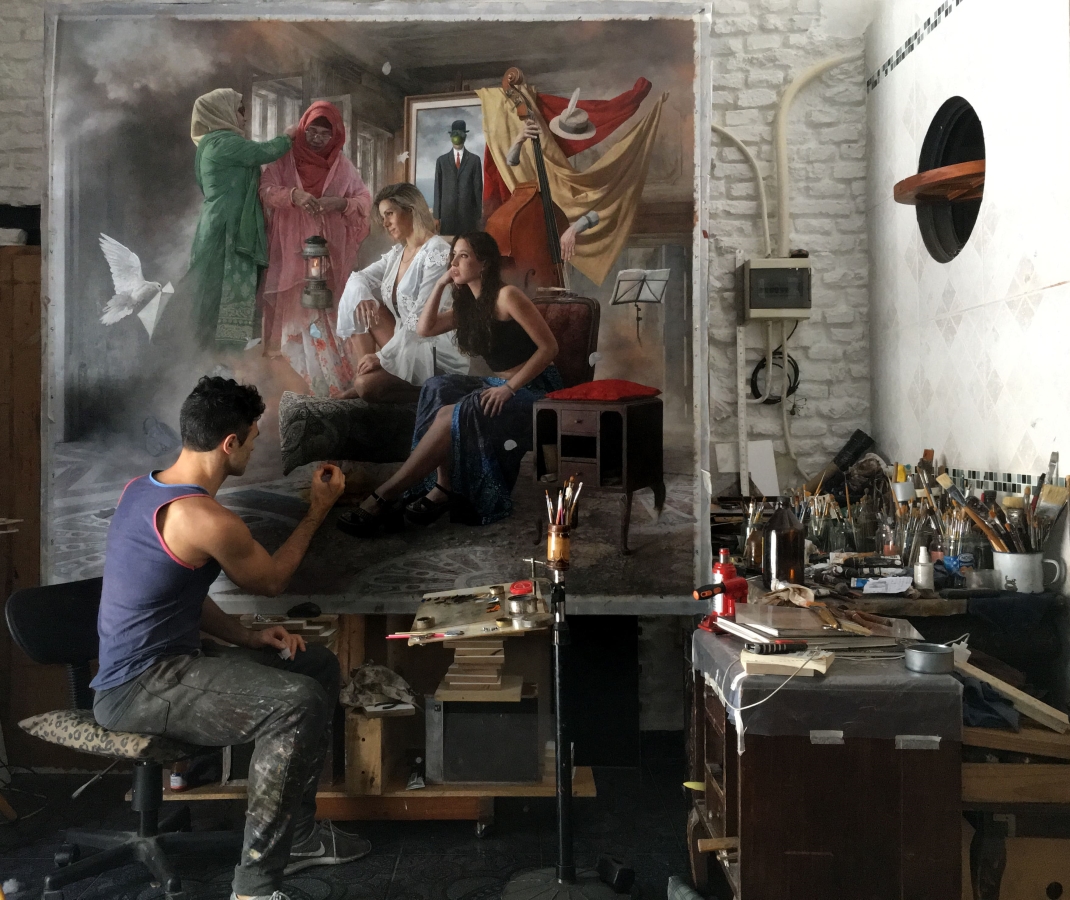
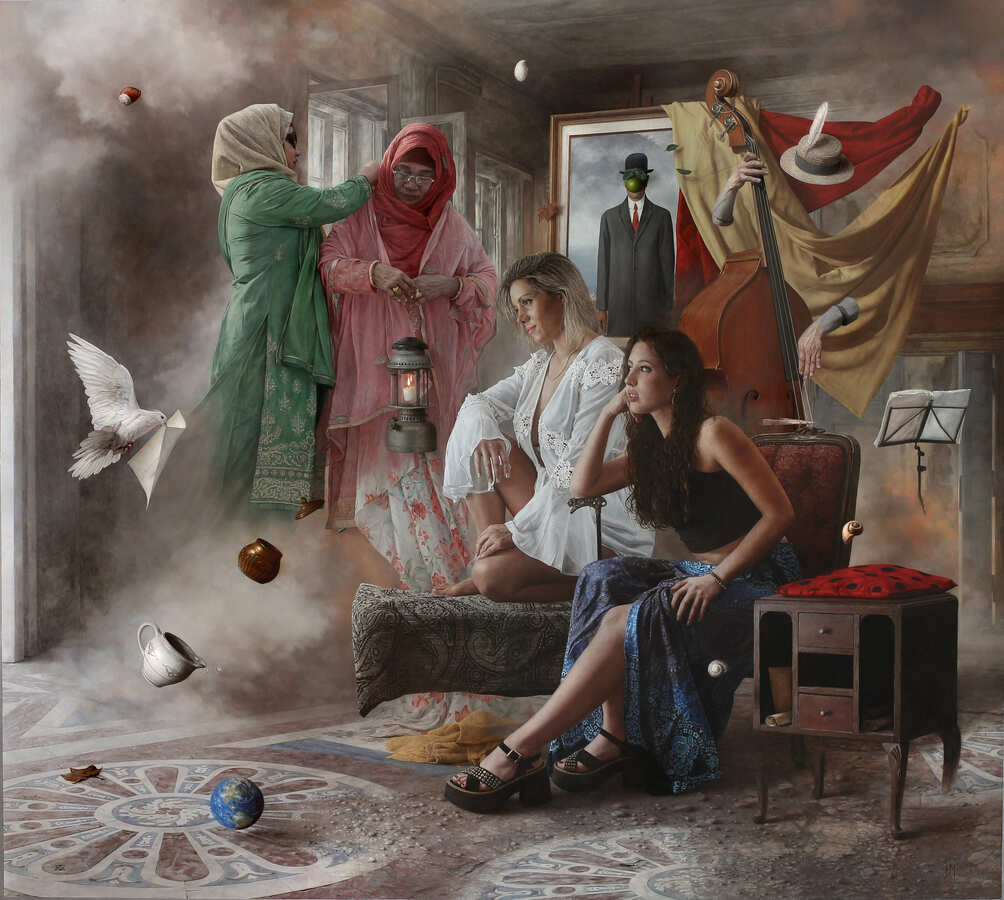
Who are artists that you admire?
There are too many, each one is worthy of admiration for what they have achieved in their periods (Renaissance, Baroque, Neoclassicism, Realism, etc.). However, I must acknowledge that Surrealism has inspired me, especially Salvador Dalí who was very influential for my path. I thank the great master for his legacy.
Do you have a routine? Do you listen to your favorite band while you work?
My works are quite complex and depending on what part I am working on, I follow a timed routine. It is not the same to paint a face as to paint a simple object. If I have to change some parts of the composition, this could take several hours.
Generally, to paint, I watch YouTube and listen to audio books, biographies, documentaries and all kinds of historical shows. I don’t have time to read and my eyes are not at 100% after a day of painting, so I nourish myself with these videos that I listen to in the background.
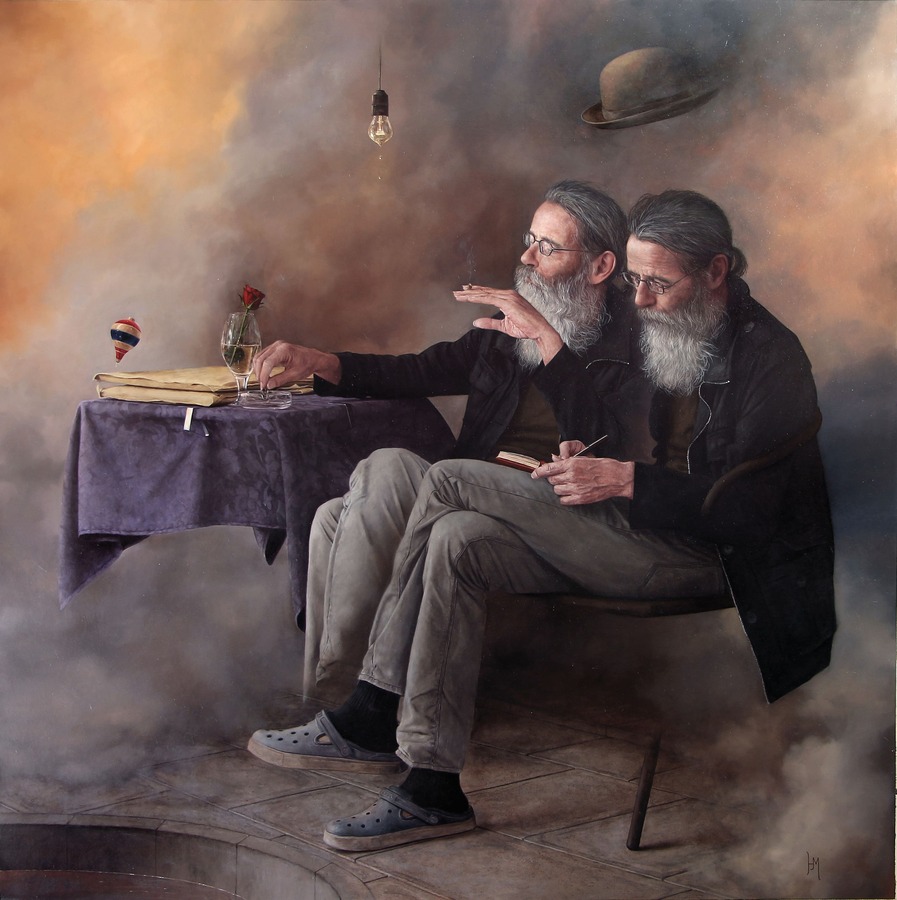


Did you imagine such a resounding success in such a short time?
What I didn’t imagine was being able to live from my work in such a short time after leaving my job. I felt successful from the first day I started to live from what I love and what I am passionate about. I think that being successful is more about the feeling that every day is worthy, getting up, and spending the day painting.
What is the best and the worst advice you have received in your career?
The late great master Vito Campanella gave me the best advice. He told me you should always paint what you want and not what others want.
I don’t remember bad advice, and I’m sure there has been a lot of it. I’m very cautious because I’ve never had enough great support to risk bad decisions.
Luckily, I have painted what I wanted and sold 90% of my works. I think I’ve done pretty well in my short 8-year career.
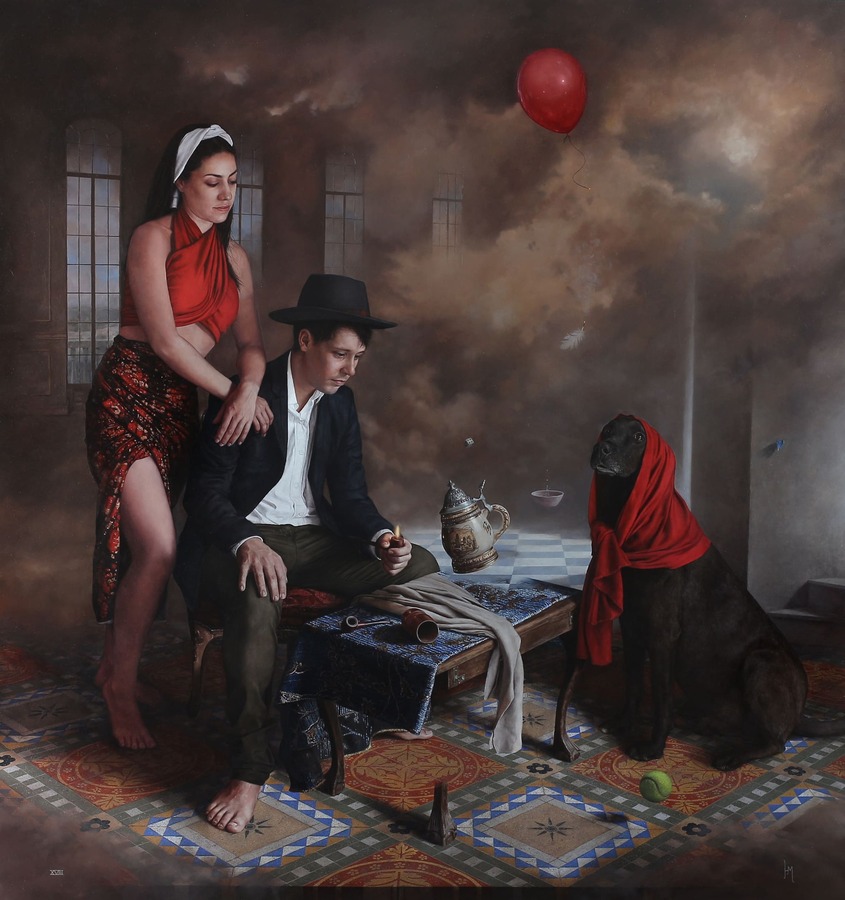
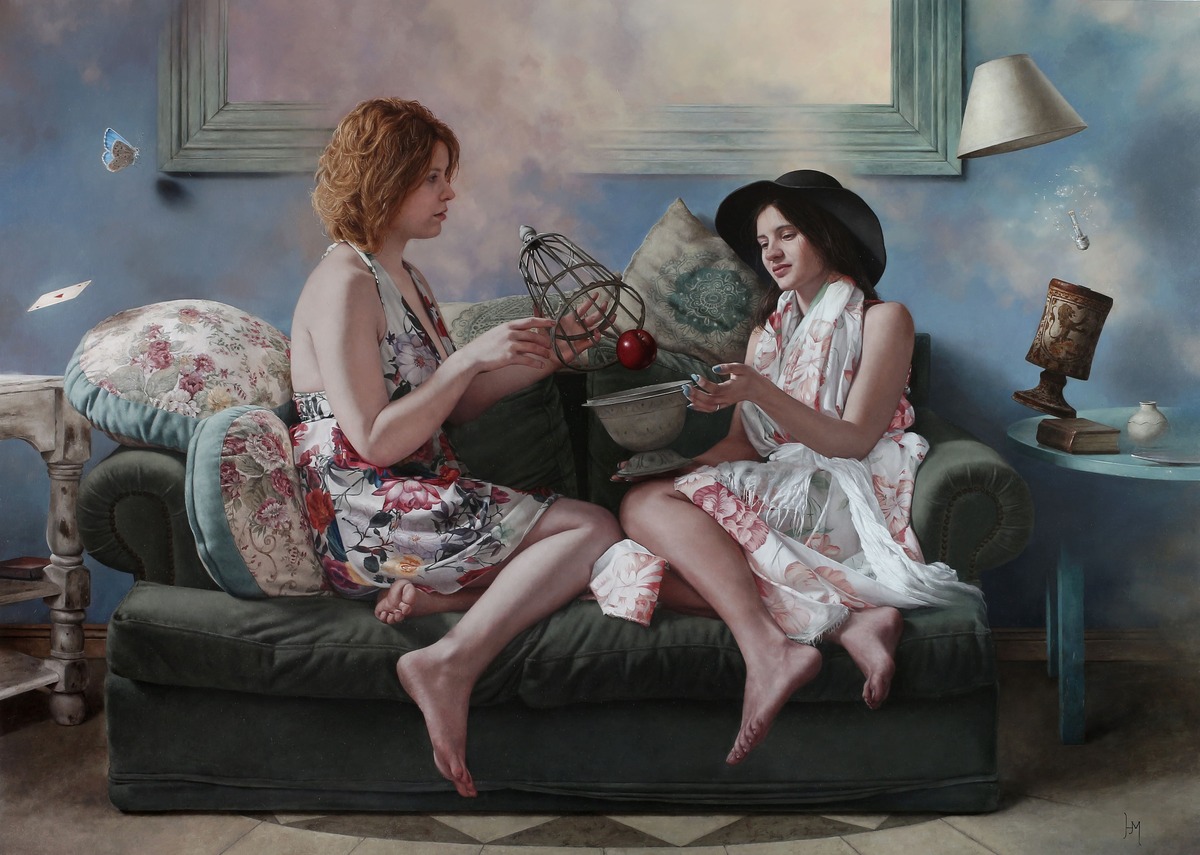
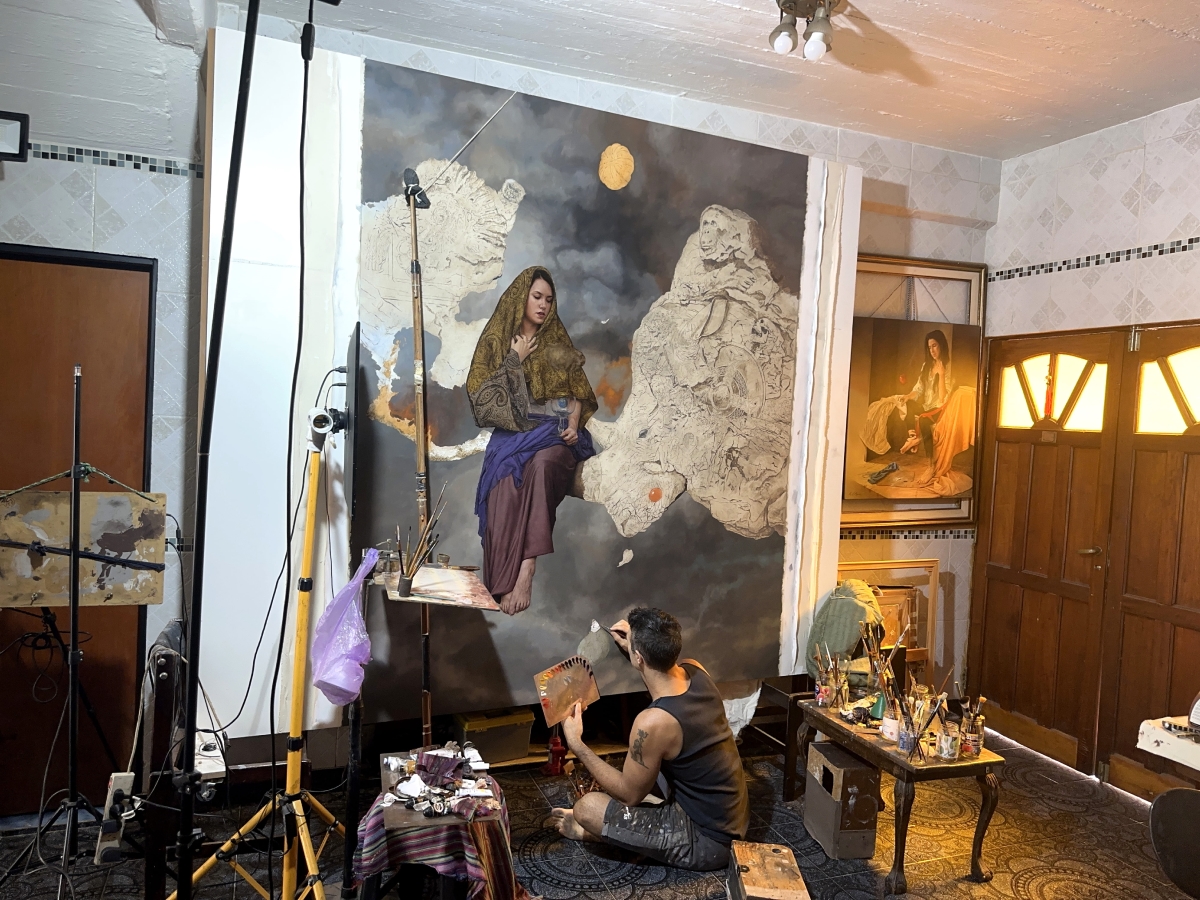
What is the purpose of art for you?
I can only talk about the purpose of “my art” where I intend to channel the combination of the physical and emotional, giving to the viewer the possibility to connect with the imagination of their childhood. This takes us away from the mechanics of the everyday and the constancy of chasing the future, giving the present the necessary time to feel that we are alive and we are moved.
What are your career goals and aspirations?
I have no particular goals, maybe each artwork is a goal, a challenge, but I have no control over what will happen with them. Vermeer was forgotten for almost two centuries and today The Girl with the Pearl Earring is one of the most famous works in the world.
Hopefully in my lifetime, some of my works will become an everyday image for humanity, at least a fragment of them, like Dalí’s melted clocks.
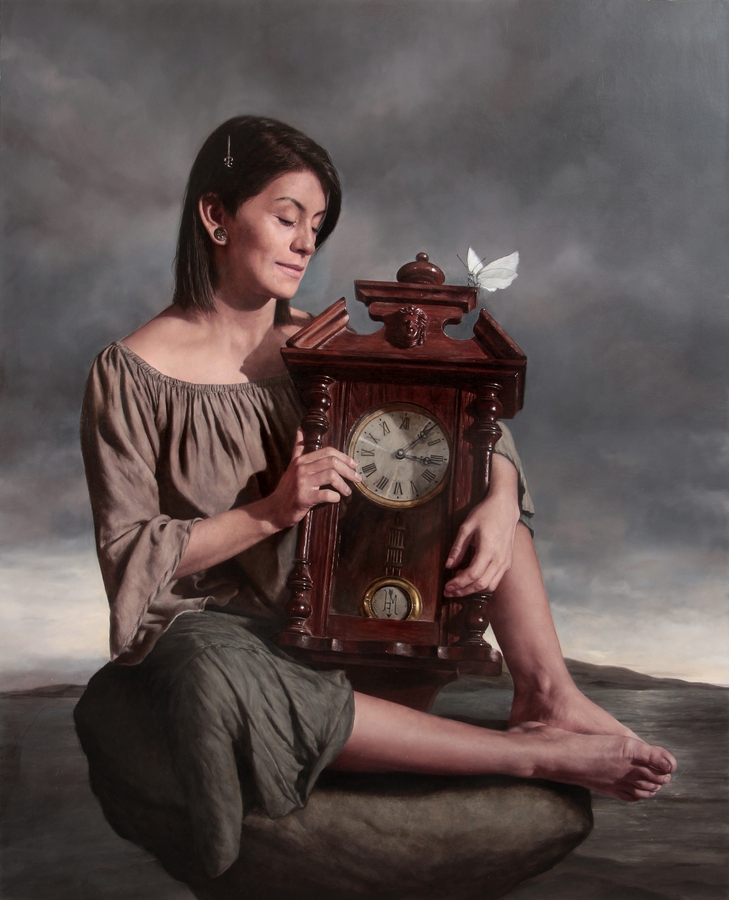
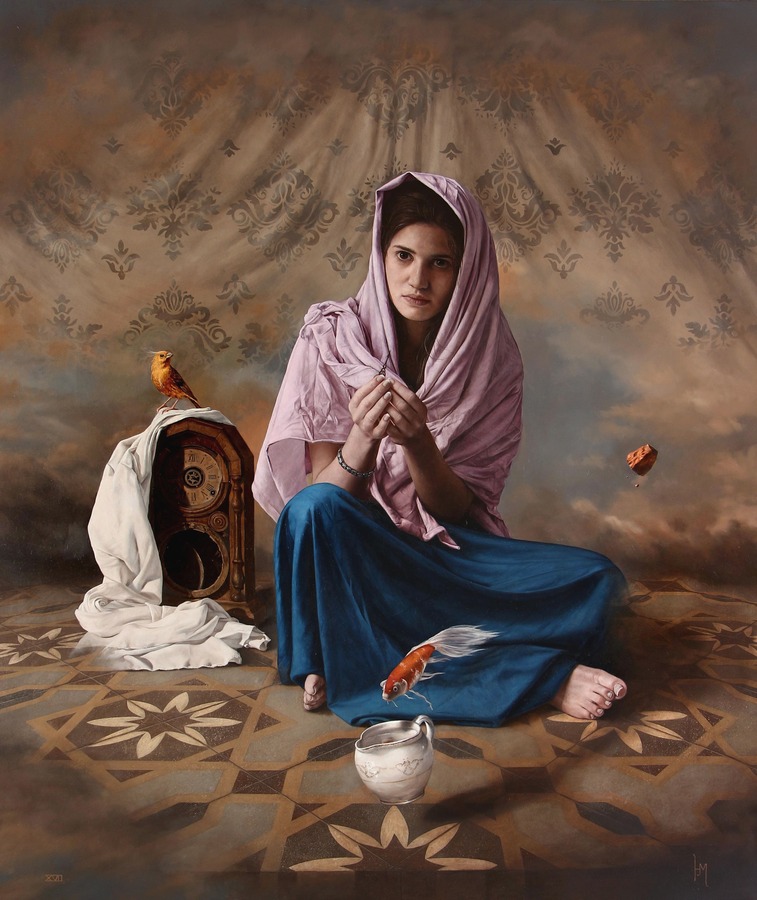
What are dreams made of?
Dreams are made by an extraordinary combination of fragments of various memories, united with imagination, sometimes defying logic and natural laws. Repressed desires form an important part of dreams because while awake we spend more time holding back emotions than letting ourselves be carried away by them. Dreams also make us face what we fear the most—as a kind of therapy to overcome our fears. Perhaps in dreams we are really who we would like to be.
What is your favorite quote?
“Art can change people; and maybe they can change the world.”
Editor: Kristen Evangelista
